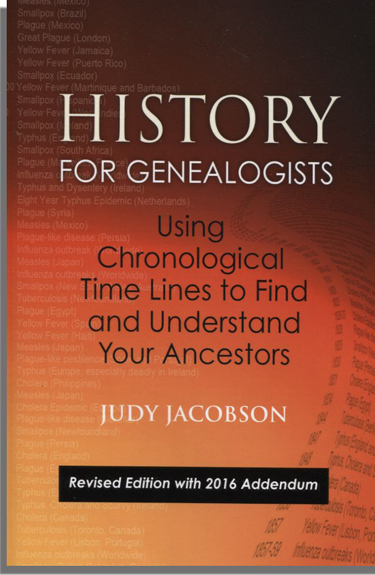My maternal grandparents were immigrants from Hungary who came through Ellis Island as teenagers, years before they met each other.
Theodore "Teddy" Schwartz arrived alone in March of 1901, at age 14, and parlayed his flair for languages into a job as runner for the steamship lines. Hermina "Minnie" Farkas arrived with three siblings in November of 1901, age 15, joining her parents who had earlier come to New York City. She sewed silk ties to earn money for the household while learning English at night classes.
Leaders in the Kossuth Ferencz Association
Minnie, Teddy, and some of their siblings were active in the Kossuth Ferencz Literary, Sick & Benevolent Association, from its founding in 1904 in New York City. My grandparents were still teenagers and had only lived in the Big Apple for a few years at that time, and they barely had two nickels to rub together, yet they jumped right into a new group to help other Hungarian immigrants get a fresh start.
Happily, I have a 1909 souvenir booklet for the Kossuth Association's fifth anniversary, in Hungarian, that describes the group and its accomplishments. I typed a few words into Google Translate for quick translations, but I really wanted more specifics about what the Kossuth Association did for immigrants.
Google Lens helps with translation
Yesterday I tried Google Lens on my iPad, which involves photographing the page or a few sentences and then having the app translate what it "reads." I'm not a tech wizard, so for more about the mechanics, please do an online search for articles or videos like this one. Google Lens is compatible with both Apple and Android devices.
At top, a side-by-side comparison of the 1909 financial report in Hungarian (original) and English (via Google Lens). This quick-and-dirty translation is far from perfect, I'm well aware, but it does suggest how the Kossuth Association actually served immigrants.
Services for immigrants
The association had a good deal of money in the bank ($436 in 1909 is worth $14,600 today). It spent the money on renting a ballroom for its big yearend fundraiser, buying a library cabinet and books, badges for its members, and 11 medals to award to officers ("medals" not properly translated by Google Lens, but I checked with Google Translate).
The accounting also shows a small advance payment to a cemetery--part of the association's affordable burial services for members. Later, the group purchased a large plot at Mt. Hebron Cemetery in Queens, New York, where nearly 600 members and their families are buried (including my immigrant grandparents).
What this financial accounting doesn't show is that the association had a long-time physician, Dr. B. Hohenberg, to help members. So as the full association name indicates, it provided literary services (books), medical aid (a physician's care), burial services plus even more by partnering with other agencies and service groups in the area.
Over the years, my Grandpa Teddy served multiple terms as Kossuth's treasurer. My Grandma Minnie's brothers Alex and Albert served multiple terms as president and in other official positions. Both Alex and Albert met their wives through Kossuth activities. Alex and his wife Jennie were movers and shakers on the cemetery committee. Of course I've described their dedication to volunteerism in my most recent family history photo book, about my Farkas and Schwartz ancestors. This is one way I'm keeping family history alive for future generations.

























